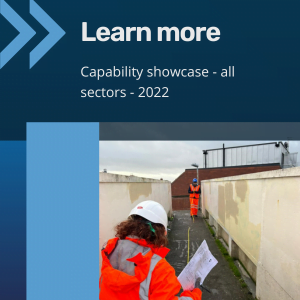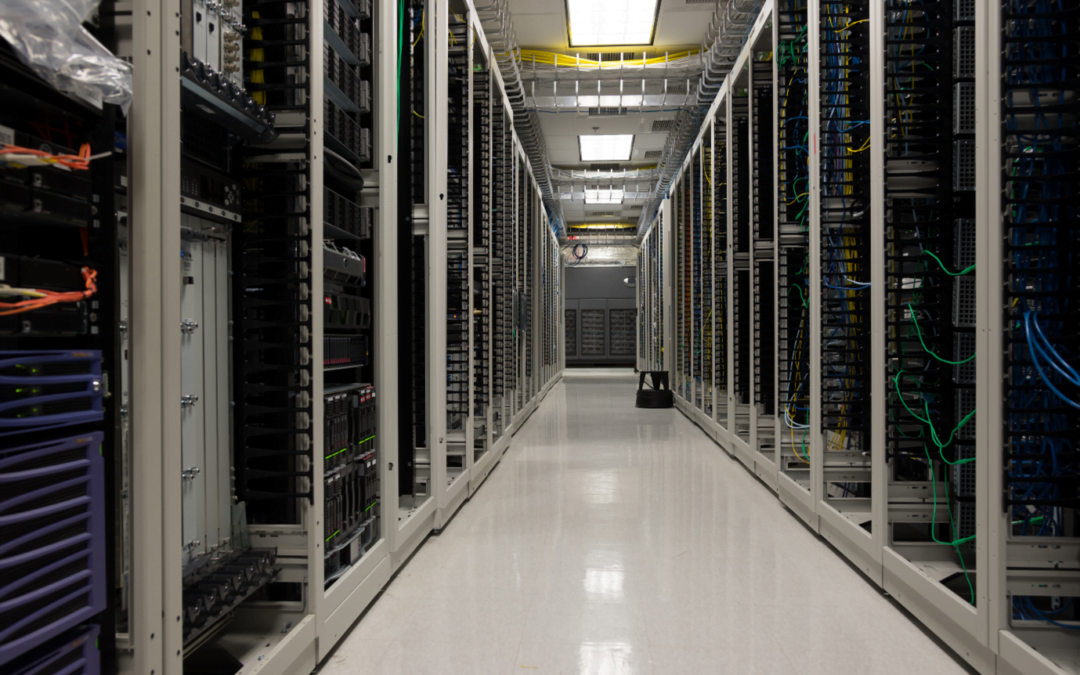New data centres are opening at a furious pace, and one thing they all have in common is the need for secure, uninterruptable electrical power. Whitfield Consulting Services (WCS) has been active in civil engineering design for substations suitable for data centres for over a decade and shares some thoughts about the similarities and differences between these and other projects.
In the US, which accounts for 40% of the global market for data centres, capacity is expected to double between 2022 and 2030, according to McKinsey. Growth estimates for the UK vary more widely, but all see fast growth, though not quite that of the US. In large part, this is driven by the expansion of the Internet of Things, which ceaselessly generates the need for data.
Unlike most electricity users, data centres themselves often commission and own the substations that bring energy down to usable voltages. It’s common for data centres to subcontract the design, construction and often operation and maintenance of substations that they commission, so owners benefit greatly from relying on engineering partners with sector-specific experience to guide them through the process. As well as work on traditionally supplied centres, WCS has been involved in operator-owned data centre substations since 2012, and often supports non-engineering clients in other sectors. Recently, for example, WCS worked with property developer Buckland Development on supplying power to a planned new Welborne Garden Village in Hampshire.
Reasons to own your substation include being able to get up and running quickly, without having to wait for supply partners to be ready to feed your energy-hungry facility, plus the ability to plan such that capacity added later can be handled with equipment installed now. All substations are engineered with a strong focus on reliability and continuity of supply. Wider design strategies might also include redundancy in components, connection to multiple sources of power, and diesel or gas backup generators, as well as battery-based UPS for short outages. Other characteristics of data centre substations can include a smaller footprint and reduced copper wiring, achieved through the use of approaches such as digital gas insulated switchgear and increased fibre optics.
Whoever owns a substation, the core of it, of course, is the transformers that actually change the voltage level, and the switchgear. Some of the firms that manufacture and sell transformers, such as Hitachi Energy, also design and install whole substations, including those intended specifically for data centres.
“We are so pleased to be a chosen civil engineering partner for Hitachi Energy,” comments WCS Managing Director Asa Whitfield. “I worked there before starting WCS, and other key staff have their roots there also, and we’ve collaborated with them on many substation projects.”
As we discussed in our recent piece on growth and change at WCS, the company started out of a passion for engineering for freelancer Asa, with almost all of the early work involving civil engineering support on large-scale electrical power projects. Today, WCS is a team of 45, involved in every aspect of civil engineering, but this history means we have longer experience in substations than in anything else, with the civil engineering work around a substation generally being variations on the same activity, whether it is intended for a data centre or not.
“Many of our energy sector partners, such as Hitachi Energy and UKPNS, we have worked with for many years, and they turn to us again and again for substation projects,” adds Asa. “Recently, we were asked to return to a data centre substation we helped design over a decade ago, and which now needs new equipment for added capacity. As well as simple trust built up over time, I think they see us as being in a sweet spot – agile enough to respond to requests quickly and without too much bureaucracy, but mature enough that we approach everything with full professional care.” For an example of the latter, see our piece on cable pulling calculations. Connecting a data centre to the grid potentially involves laying hundreds of metres of heavy, bespoke cabling, with considerable cost and delay implications if anything is damaged during installation, so formalised verification of this important process is vital.

To find out more about the work we do, please see our portfolio page or contact us on 020 3581 7847, info@wcs-consult.co.uk or via our contact page.
